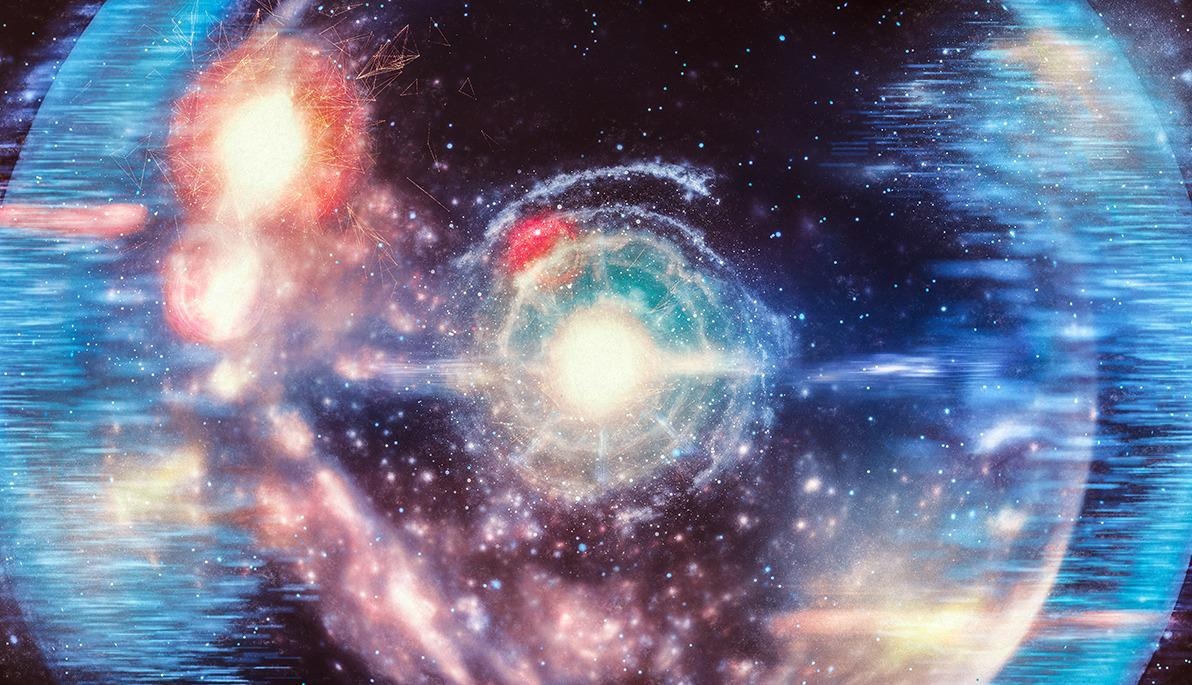Reviewed by Alex SmithSep 8 2021
A grant from the National Science Foundation (NSF) has been awarded to Assistant Professor of Physics Eve Armstrong, PhD, to resolve one of the greatest mysteries of science, that is, to find how the universe evolved from stardust.

Image Credit: New York Institute of Technology.
A majority of the elements present in the universe, like the iron in skyscrapers and calcium found in human bones, originated from ancient stars. Yet, researchers have long-awaited to comprehend the cosmic processes that created other elements — those with uncertain origins.
Armstrong will execute the first known research project that makes use of weather prediction methods to describe such events. The revolutionary work of Armstrong will be financially supported by a two-year $299,998 NSF EAGER grant, an award that aids early-stage exploratory projects on untested but potentially transformative concepts that could be regarded as “high risk or high payoff.”
The Big Bang created the first and lightest elements (hydrogen and helium), but the next and heavier elements (up to iron on the periodic table) evolved later within ancient, huge stars. Upon the explosion of these stars, their matter was propelled into space, distributing elements into that space.
Ultimately, stardust matter from these supernovae formed the sun and planets, and across more than billions of years, Earth’s matter fused into the first life forms. Yet, the origins of elements that are bulkier compared to iron, like copper and gold, remain unidentified.
While the formation of such ions might be during a supernova explosion, existing computational methods make it difficult to extensively study the physics of such events. Moreover, the occurrence of supernovae is rare, which is once every five decades, and the only present data obtained is from the last explosion that took place in 1987.
Armstrong hypothesizes that a weather prediction method known as data assimilation might help improve the knowledge of these events. The method depends on highly limited data to sequentially evaluate weather changes over time, which might make it helpful to model supernovae conditions.
Armstrong and undergraduate New York Tech students will use simulated data, in preparation for the following supernova event, and data assimilation to forecast if the supernova environment could have led to the formation of certain heavy elements. In case this method turns out to be a successful one, such “forecasts” might enable researchers to identify which elements developed from supernova stardust.
Physicists have sought for years to understand how, in seconds, giant stars exploded and created the substances that led to our existence. A technique from another scientific field, meteorology, may help to explain an important piece of this puzzle that traditional tools render difficult to access.
Eve Armstrong, PhD, Assistant Professor of Physics, New York Institute of Technology
The NSF is a separate agency of the U.S. government that aids basic research and education in all the non-medical fields of science and engineering. Its medical counterpart is the National Institutes of Health. NSF funding accounts for nearly 27% of the total federal budget for basic research performed at U.S. colleges and universities.
This project is financially supported by NSF EAGER Award ID No. 2139004 and will be completed in collaboration with the University of Wisconsin–Madison physicist Akif Baha Balantekin, PhD.